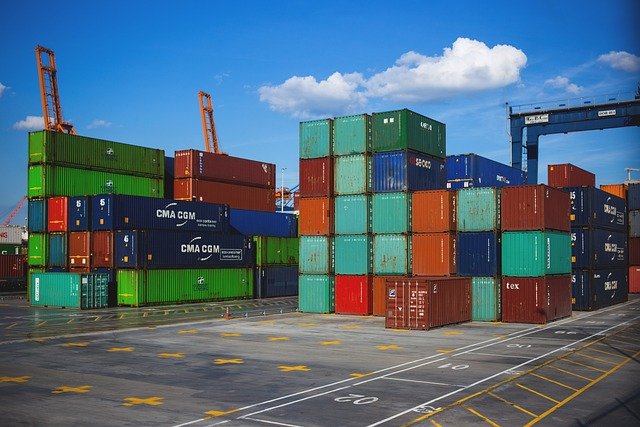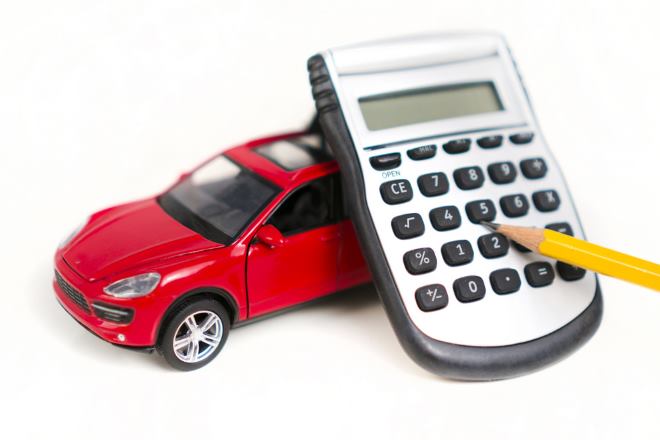Що врахувати при переговорах з продавцем з іншої країни
Buying a vehicle from another country requires careful preparation: verify ownership and service records, estimate shipping and customs costs, arrange independent inspections, and agree clear written terms for payment and handover. This short overview highlights the main negotiation points to reduce risk when importing a used car.

When you begin negotiations with a seller in another country, use a structured checklist that covers legal, technical and logistical issues. Confirm the seller’s identity and right to sell, request full documentation (registration, service history, clear VIN photos) and agree payment terms and responsibility for transit in writing. Early clarity about export and import obligations, taxes and likely additional fees helps prevent disputes and unexpected costs later in the transaction.
How to approach negotiation
Set your negotiation limits before contacting the seller: target price, highest acceptable amount and preferred payment schedule. Ask for scanned originals of title documents and maintenance records, and verify VIN numbers against photos. Distinguish between dealer and private sales because warranty, return rights and after-sales support differ. Keep all offers and counteroffers in writing (email or platform messages) so you have a clear record of agreed terms and incoterms that assign responsibility during transit.
How to make a price comparison and valuation
Perform a price comparison across similar models in the seller’s market and estimate how the price will change after import. Include currency conversion, import duties, VAT, certification, transport and any modifications needed to meet local standards. For valuation, consider vehicle age, mileage, service history and visible repairs. Independent appraisals or regional pricing guides can help establish realistic expectations for both net cost and future resale value in your local market.
How to organise a car inspection and verify mileage
Arrange an independent car inspection either through a trusted local inspector in the seller’s country or via a verified video inspection plus scanned service records. Verify VIN consistency across documents and vehicle panels, check for structural repairs, hidden damage or corrosion, and cross-check stated mileage against service stamps and available databases. Significant discrepancies in mileage should trigger more detailed checks and may justify renegotiation or withdrawal from the purchase.
Financing and insurance considerations
Compare financing options in your country that explicitly support imported vehicles; some lenders require additional collateral or documentation and may not accept foreign titles. Factor interest and fees into your total cost plan. For insurance, obtain transit coverage for shipping and port handling and arrange full local insurance after registration. Include financing and insurance costs in your budget so the decision is based on the all-in cost of importing the vehicle.
| Product/Service | Provider | Cost Estimation |
|---|---|---|
| Ro-Ro ocean transport (per car) | Maersk, K Line | $800–$2,000 depending on route |
| Container transport (per car) | MSC, Maersk | $1,200–$3,000 depending on port and container size |
| Air freight (per car, urgent) | DHL Global Forwarding | $3,000–$10,000 depending on distance |
| Customs brokerage and clearance | DB Schenker, DHL Global Forwarding | $150–$600 depending on services required |
| Marine/transit insurance | Allianz, AXA | $200–$800 depending on coverage level |
Prices, rates, or cost estimates mentioned in this article are based on the latest available information but may change over time. Independent research is advised before making financial decisions.
Shipping, export and customs practicalities
Agree incoterms (for example FOB or CIF) in the sales contract so responsibility and risk are clear at each stage. Prepare the full customs package: bill of sale, commercial invoice, title, certificates of conformity and any export declarations required by the seller’s country. Requirements and duties vary by jurisdiction; using an experienced freight forwarder or customs broker reduces the risk of mistakes and delays but add their fees to your total cost estimate.
Warranty, resale and long-term risks
Clarify whether any warranty transfers internationally and which service networks will honour claims after import. Assess likely resale value in your market: demand, parts availability and regulatory compliance affect liquidity. Anticipate potential costs to adapt the vehicle to local standards and set aside contingency funds for unexpected repairs found after transport or during certification. A realistic appraisal of these risks supports stronger negotiation and better long-term outcomes.
Conclusion Successful negotiations with a foreign seller combine clear written agreements, independent vehicle inspection, realistic price comparison and valuation, and careful planning for shipping, customs and financing. Documenting each step and working with reputable inspectors, brokers and carriers reduces uncertainty and helps ensure the imported vehicle meets regulatory requirements and your expectations.




